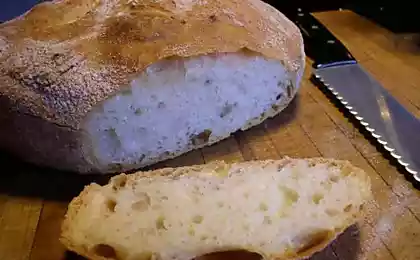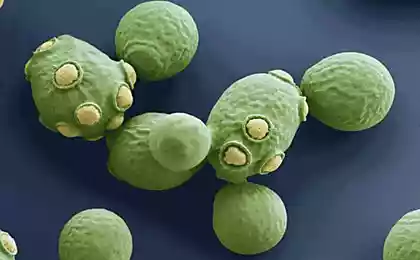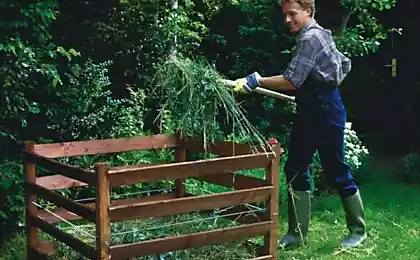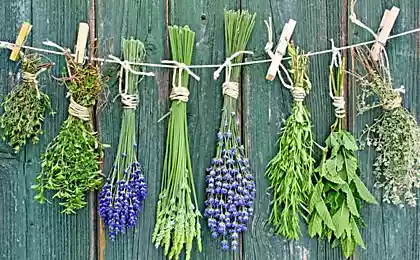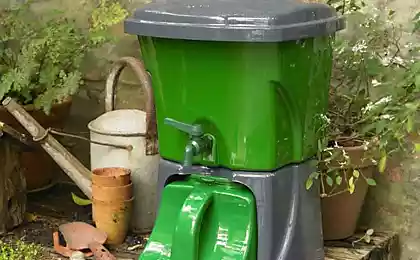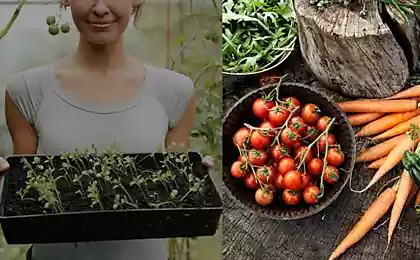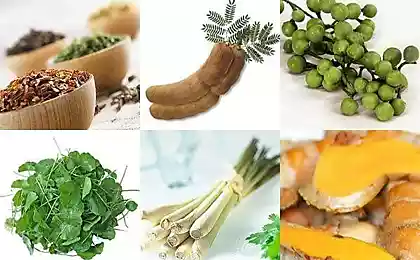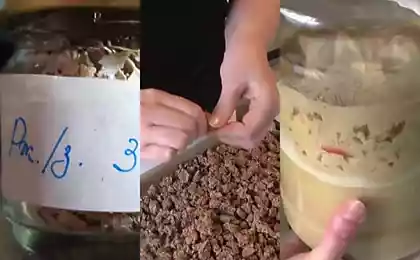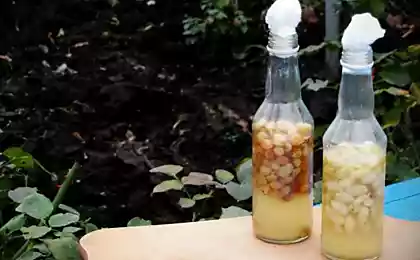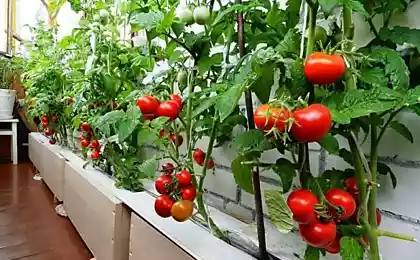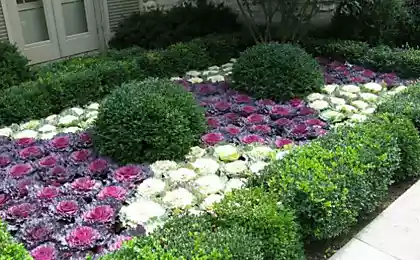138
Procedure for fertilizing plants with dry yeast
All gardeners and gardeners love their plants, wanting the harvest to be large and timely. Today we will talk about why dry yeast for plants will be the best fertilizer, as well as how to use them correctly.
The usual use of yeast in baking is not the only option for their operation. Experienced gardeners have long understood that yeast can be used as the best and very affordable organic fertilizer.
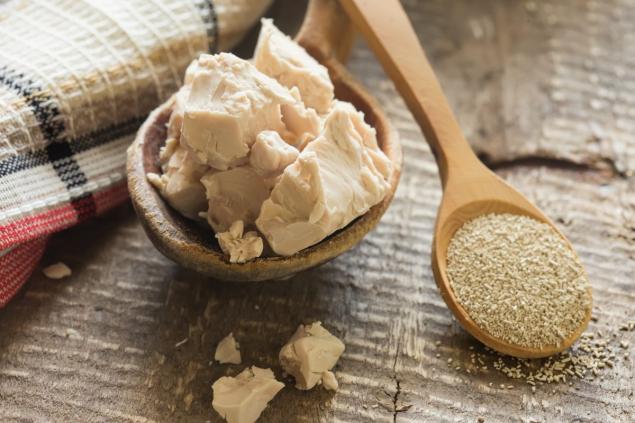
It's all about those sugary fungi that are contained in yeast. They are an excellent source of proteins, amino acids, and organic iron. All these substances have a beneficial effect on the growth and yield of plants.

The effect of fungi on soil is one of the main reasons why yeast is used by gardeners and gardeners. The microflora of the earth is extremely important for plant growth and protection from parasites.

How else does yeast affect plants?
Yeast can be used for both indoor and garden crops. The only exceptions are potatoes, onions and garlic.

Yeast feeding, unlike many others, is very hardy. They are much slower washed out by precipitation, normally tolerate temperature differences, as well as physical influence.
Giving yeast to different cultures For seedlings
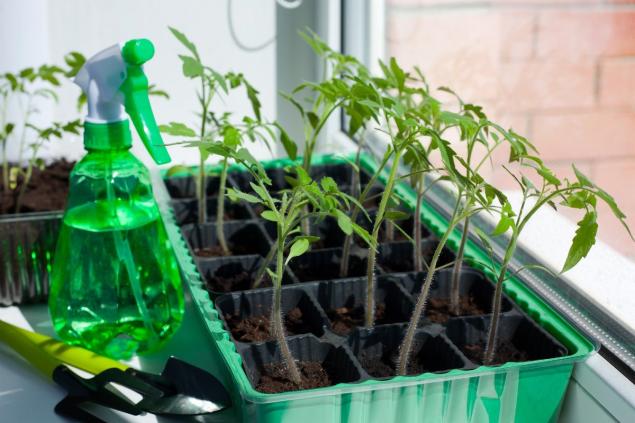
Bread baking dry yeast is best suited for feeding plants. 200 g of such yeast should be diluted in 1 liter of water at room temperature. After the mixture is infused for several hours, you need to dilute it 10 liters of water.
For a tomato.

Tomatoes are just delighted with such feeding. Young bushes need to be fertilized according to a special scheme. The first time tomatoes are fertilized a week after landing. You need to prepare the mixture as well as for feeding seedlings. However, it is desirable to add 2 tbsp. l of sugar and dilute everything not in 10 liters, but in 50 liters of water. Each bush needs 0.5 liters of composition. The second time such watering is carried out after rooting, and the third - before flowering.
For cucumbers
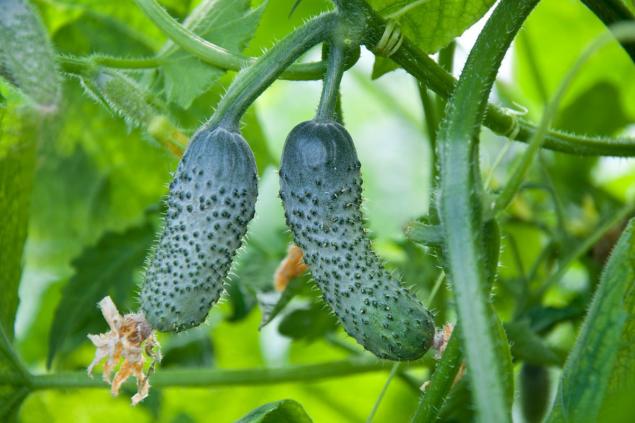
Yeast should be quenched with wood ash to keep the soil in mineral balance. This feature is worth remembering when watering yeast infusion of cucumber bushes. Otherwise, the fertilization of cucumbers is not too different.
Yeast feeding will also appeal to pepper, eggplant, cabbage and strawberries. And about fertilizing home flowers, we have a whole separate article. You can learn a lot from it!
The usual use of yeast in baking is not the only option for their operation. Experienced gardeners have long understood that yeast can be used as the best and very affordable organic fertilizer.

It's all about those sugary fungi that are contained in yeast. They are an excellent source of proteins, amino acids, and organic iron. All these substances have a beneficial effect on the growth and yield of plants.

The effect of fungi on soil is one of the main reasons why yeast is used by gardeners and gardeners. The microflora of the earth is extremely important for plant growth and protection from parasites.

How else does yeast affect plants?
- increase the endurance of seedlings with insufficient lighting
- speed up plant growth
- Improve the development of the root system
- Increase the immunity of plants due to beneficial bacteria
- They are an excellent growth promoter for plants.
- improve soil quality
Yeast can be used for both indoor and garden crops. The only exceptions are potatoes, onions and garlic.

Yeast feeding, unlike many others, is very hardy. They are much slower washed out by precipitation, normally tolerate temperature differences, as well as physical influence.
Giving yeast to different cultures For seedlings

Bread baking dry yeast is best suited for feeding plants. 200 g of such yeast should be diluted in 1 liter of water at room temperature. After the mixture is infused for several hours, you need to dilute it 10 liters of water.
For a tomato.

Tomatoes are just delighted with such feeding. Young bushes need to be fertilized according to a special scheme. The first time tomatoes are fertilized a week after landing. You need to prepare the mixture as well as for feeding seedlings. However, it is desirable to add 2 tbsp. l of sugar and dilute everything not in 10 liters, but in 50 liters of water. Each bush needs 0.5 liters of composition. The second time such watering is carried out after rooting, and the third - before flowering.
For cucumbers

Yeast should be quenched with wood ash to keep the soil in mineral balance. This feature is worth remembering when watering yeast infusion of cucumber bushes. Otherwise, the fertilization of cucumbers is not too different.
Yeast feeding will also appeal to pepper, eggplant, cabbage and strawberries. And about fertilizing home flowers, we have a whole separate article. You can learn a lot from it!



